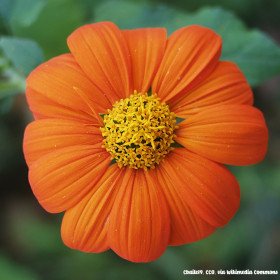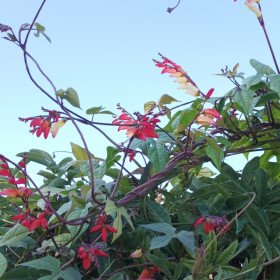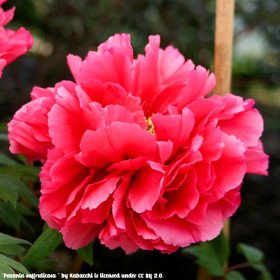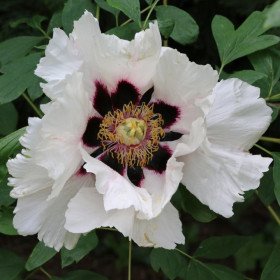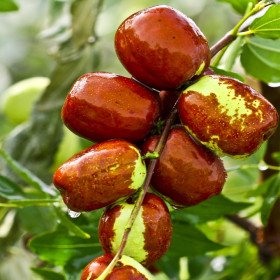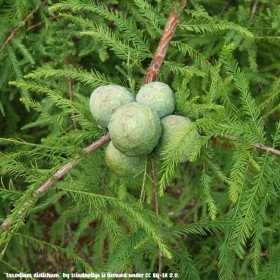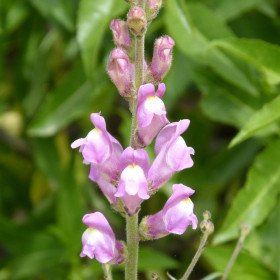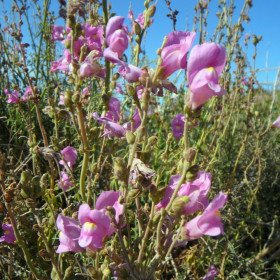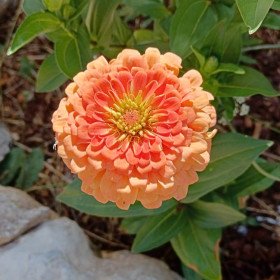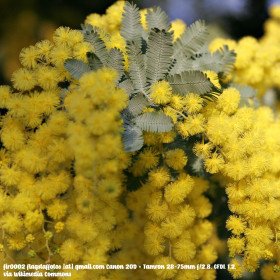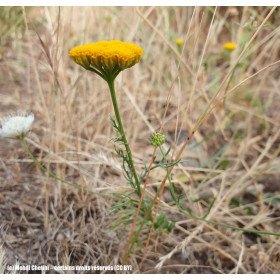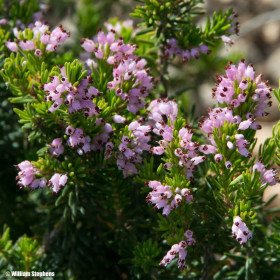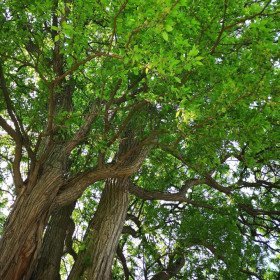20 Graines Cerisier de la Jamaïque, Muntingia calabura
20 Graines Cerisier de la Jamaïque, Muntingia calabura
- Modèle : 20 Graines Cerisier de la Jamaïque, Muntingia calabura
- Disponibilité : INDISPONIBLE
- 1,50€
Me contacter dès que le produit est disponible
Cerisier de la Jamaïque, baies de Panama, Muntingia calabura |
Muntingia calabura est un arbuste ou un arbre atteignant 12 m de haut et aux branches épaisses2. Les feuilles sont alternes, distiques, oblongues ou lancéolées, mesurent 4–15 cm de long et 1–6 cm de large, ont un bord denté et sont recouvertes de poils courts2,3,4. Les fleurs sont petites (jusqu'à 3 cm de large), solitaires ou en inflorescences de 2-3 fleurs. Elles comportent 5 sépales lancéolés, poilus, 5 pétales blancs obovés, de nombreuses étamines à anthères jaunes et un ovaire lisse ovoïde2,3,4. Le fruit est une baie comestible, rouge à maturité, d'environ 1,5 cm de large2,3.
20 graines - Non rustique
Muntingia calabura est originaire du sud du Mexique, des Caraïbes, de l'Amérique centrale et de l'ouest de l'Amérique du Sud, jusqu'en Bolivie et en Argentine2,3,5. Il est présent en climat tropical dans les zones de plaine perturbées, depuis le niveau de la mer jusqu'à 1000 m d'altitude1,3.
Cette espèce colonise les habitats perturbés dans les basses terres tropicales, faisant ainsi partie de la végétation secondaire, ainsi que les galeries forestières3,6. Il prospère dans un sol pauvre, capable de tolérer les conditions acides et alcalines et la sécheresse, mais ne se développe pas dans des conditions salines3.
Les graines sont dispersées par les oiseaux et les roussettes3.
Bien qu'originaire d'Amérique tropicale, M. calabura a été introduit en Asie du Sud-Est et naturalisé là-bas et dans d'autres régions tropicales du monde1,4,7.
M. calabura est planté comme source de bois et de combustible. Son bois tendre est utilisé dans la construction rurale, tandis que son écorce est fibreuse et sert à la fabrication de cordes1,6.
Les fruits sont comestibles et dans certains cas vendus sur les marchés, car ils peuvent être consommés crus ou transformés en confiture. Les feuilles peuvent être utilisées pour faire du thé1,6. Des utilisations médicinales traditionnelles ont également été rapportées pour les feuilles (maux de tête, problèmes de prostate, réduction des ulcères gastriques), l'écorce (antiseptique), les fleurs (antiseptique, réduire l'enflure, antispasmodique) et les fruits (problèmes respiratoires; anti-diarrhéique)1,6,9.
Il peut être planté comme une espèce ornementale6 et aussi parce que les fleurs sont une source de nectar et de pollen pour l’apiculture6. Au Brésil, l’arbre est également planté au bord d’une rivière, car les fruits tombés attirent les poissons1.
M. calabura a le potentiel d’être une espèce utile pour la restauration des zones perturbées et la lutte contre l’érosion des sols6. Il offre également un abri à la faune, car il constitue une source de nourriture pour environ 60 espèces d'oiseaux et de mammifères6.
M. calabura peut se multiplier à partir de graines, de plants ou de boutures6. Au Costa Rica, les graines tombent pendant la saison des pluies, mais nécessitent des conditions de lumière et de température propres aux trouées forestières6,10. Lors d'un test où des graines ont été placées dans une serviette en papier humide, 44% des graines ont germé à la lumière blanche à 25 °C, tandis qu’aucune d’entre elles n'a germé dans des conditions d'obscurité10.
Contenu soumis à la licence CC-BY-SA 3.0. Source : Article Muntingia de Wikipédia en français (auteurs)
Etiquettes : cerisier, jamaique, baies, panama, muntingia, calabura, GRAINES DE FLEURS & ARBRES Cerisier de la Jamaïque, baies de Panama, Muntingia calabura, Exotiques & Rares Cerisier de la Jamaïque, baies de Panama, Muntingia calabura, Arbres & Bonsaï Cerisier de la Jamaïque, baies de Panama, Muntingia calabura, Cerisier de la Jamaïque, baies de Panama, Muntingia calabura GRAINES DE FLEURS & ARBRES, Cerisier de la Jamaïque, baies de Panama, Muntingia calabura Exotiques & Rares, Cerisier de la Jamaïque, baies de Panama, Muntingia calabura Arbres & Bonsaï






